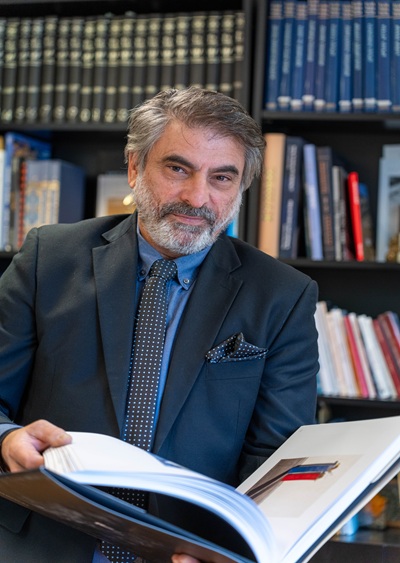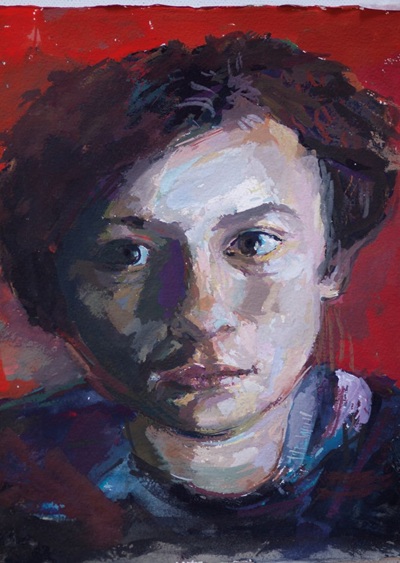
How part of a museum’s collection is ‘ re-read’
The exhibition “routes of icons 17th – 19th century”, which is inaugurated in the annex of Pireos Street of the Benaki Museum,
Monday, December 5, 2022, in an imposing almost solemn setting, the viewer has the opportunity to approach in a research way, historical Byzantine icons that were part of the personal collection of Antonis Benakis and now belong to the collection of the museum.
The exhibition explores the diversity of icons that were traded in Orthodox Greece from the 17th to the 19th century. Thanks to the excellent curation of Anastasia Drandaki and the museographic design of Spyros Nasainas, we meet the common Byzantine background and the entity of orthodoxy through a single deposit of iconographic themes and technical solutions that were constantly enriched and in various ways, in each production center.
The first section presents through the exhibited works the most important image production centers from Russia to the Ionian islands, Crete and Asia Minor. In other sections of the exhibition, the viewer comes into contact with works of private piety, crafted according to the preferences of the buyers as well as with works that possess strong elements from Western painting. Of great interest is also the section of the exhibition that focuses on the technical analysis of Russian images. The technical data obtained from the ongoing research project ERC RICONTRANS, give the public the opportunity to approach the projects through the steromicroscope.
As the CEO of the Benaki Museum, Giorgis Magginas, very aptly stated at the press conference of the exhibition, this is a route of promotion of the museum’s collection which raises and at the same time answers innovative questions regarding research, selection and promotion of works from an already existing collection.
And as the curator Anastasia Drandaki pointed out, apart from the main goal of highlighting part of the museum’s collection (which includes important donations such as that of the great collection of Rena Andreadis) is also the goal of a new reading of the objects.
The classification, selection and design of the exhibition highlights a new conceptual meaning of the “routes” of Byzantine iconography between the important, culturally and commercially, centuries, from the 17th to the 19th century. And of particular semantic importance in the acquaintance with Byzantine iconography is the technological approach of the exhibits through a historical-technical perspective
The technological material and videos introduce the public to the technique of conservation, giving a historical-technical approach to the exhibition with scientific significance for the researchers.
Thus, the images of the Greek Orthodox world through this new museological training, are approached in different ways as” artifacts “as Mr. Magginas described them”that are integrated into social and historical environments and specific trade routes”. The concept of Greek Orthodox space is treated not only as a geographical unit, but mainly as a social construction of Orthodox identity. The Benaki Museum invites us to discover this identity through the research work that has preceded it.
The exhibition includes a work with a special humor and a pleasant mood. A sketch by the cartoonist Kem (Kimon Marangos 1904-1988) depicts Antonis Benakis ‘ love for Byzantine art. He appears in Byzantine attire as Mr. Byzantoine.
The report is part of the RICONTRANS project, which has received funding from the European Research Council (ERC) Under the European Union’s Horizon 2020 research and innovation programme under Grant Agreement number 818791.
It is worth noting that the exhibition is with free admission for the public.
VISIT INFORMATION
Piraeus 138
OPENING HOURS:
8 December 2022 – 5 February 2023
The exhibition is open during the opening days and hours of the museum
EVENT:
Curators
Anastasia Drandaki
REPORT HASHTAG:
#routesoficons #ricontrans












Leave A Comment